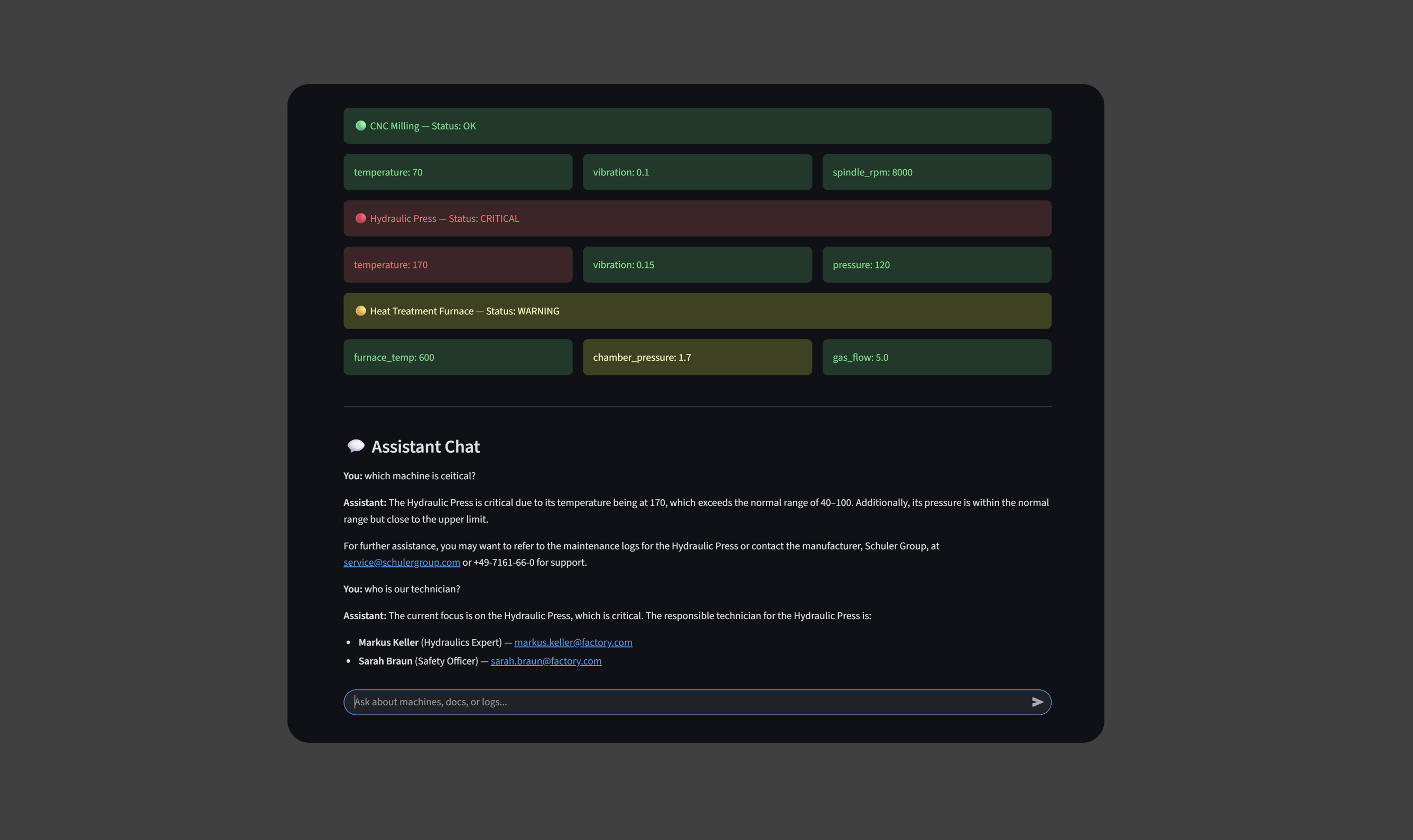
Designed and delivered an end‑to‑end machine learning pipeline for UFC fight outcome prediction — including data scraping from UFCSTATS.com, feature engineering, model benchmarking, and deployment as a live web app.

Designed and delivered a retrieval‑augmented prototype that combines a simulated machine park with indexed technical documentation to provide grounded troubleshooting and maintenance guidance — including document ingestion & indexing, embedding generation, chroma vector store, similarity search, LLM grounding with few‑shot prompting, session memory and a Streamlit chat UI.

Are Lego Youtube Reviews biased?
I analyzed over 1,000 videos using LLMs to detect sentiment and bias patterns.
The result: interactive dashboards powered by NLP and Langchain, built with Streamlit and Pandas.

A Dockerized Django web app showcasing projects and skills.
It integrates multiple Streamlit dashboards via Supervisord and reverse-proxies through NGINX – all running in a single container.

Using a custom Lego dataset, I trained a model to predict whether a YouTube video is sponsored based on sentiment and metadata of the reviewed Lego set.
The project combines scikit-learn classification with feature importance analysis to identify what makes a review trustworthy. Results are presented in a Jupyter Notebook and visualized through interactive dashboards.

Langchain-powered assistant for engineers, built on synthetic product data from a fictional body-in-white development project.
It enables natural language queries over structured data like part metadata, supplier history, and development stages – with SQL-backed responses and dynamic graphs.

An AI-powered assistant designed to intelligently match engineers to new projects based on synthetic employee data. Leveraging a Retrieval-Augmented Generation (RAG) architecture, the system combines FAISS vector search with SQL-backed metadata to align skills, experience, and project requirements. Users interact via natural language, and the agent responds with structured assignments, timelines, and team compositions – all visualized through dynamic graphs.